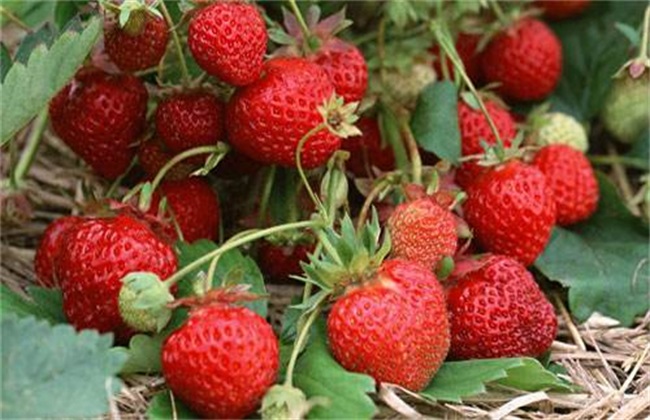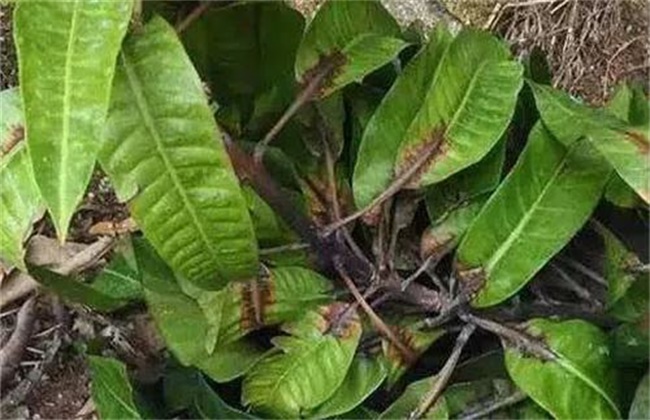Preventive measures for Frost injury of Betelnut in Winter
Many people like to chew betel nuts, but they are basically processed. In fact, betel nuts also need to be planted, and then picked and processed on the market. Betel nut is a typical tropical and subtropical plant, which is mostly cultivated in the south, but the temperature in winter is too low, if it is not managed properly, it is very easy to cause frostbite and death of betel nut trees, so how to take measures to prevent cold? Come and have a look with the editor.
1. Freezing damage
Betel nut is suitable to grow in the tropical environment with an annual average temperature of more than 22 degrees. When the average temperature is lower than 16 degrees, it will cause its old leaves to fall off ahead of time, and when it is below 5 degrees, it will show the phenomenon of yellowing of leaves, drying up, blackening and shedding of fruits, and even die directly. Due to the improper duration of low temperature, there will also be varying degrees of disaster, the general performance of adult trees is that the leaf tip dries up, the old leaves fall off early, and the whole crown dries up when it is serious; the symptoms of young trees and adult trees are similar, but in serious cases, it will cause plant death.
2. Cold resistance measures at seedling stage.
First of all, it is necessary to apply less nitrogen fertilizer such as urea and increase phosphorus and potassium fertilizer before winter, which can be sprayed with 300 times of potassium dihydrogen phosphate or irrigated with 500 times of potassium dihydrogen phosphate, which can obviously improve the cold resistance of the plant. When clearing the garden, spraying cold-resistant agents such as calcium nitrate, calcium chloride and phytoprotectin combined with fungicides and pesticides can obviously improve the cold resistance of plants. For more serious freezing damage, you can temporarily build a film to increase the seedbed temperature, or you can irrigate the well water in the evening to increase the ground temperature.
3. Cold resistance measures of young trees.
Similarly, less nitrogen fertilizer such as urea, human feces and urine should be applied before winter, and phosphorus and potassium fertilizer should be increased. Calcium superphosphate and potassium chloride can be applied in combination with organic fertilizer in November. The trunk can be whitened with whitening agent before the beginning of winter, which has excellent control of diseases and insect pests and improve the ability of cold resistance and frost resistance, and the whitening agent can be mixed with lime, sulfur powder, salt and water. When the temperature is low, you can smoke and prevent freezing in the garden, but it is necessary to avoid open fire so as not to burn the leaves. After the introduction of frost injury, fertilization management can be strengthened. 0.2-0.5 kg of nitrogen, phosphorus and potassium compound fertilizer is applied to each plant. Carbendazim and methyl topiramate can also be used to brush the wound.
4. Cold prevention measures for fruit trees.
Like the former two, less nitrogen fertilizer and more phosphorus and potassium fertilizer are also applied to whiten the tree trunk to improve the ability of cold resistance and frost resistance. Strengthen fertilizer and water management after cold injury and restore tree potential as soon as possible. 0.5 kg of N, P and K compound fertilizer can be applied per mu, and a small amount of nitrogen fertilizer can be added according to the nutrition of the tree. Magnesium fertilizer should also be applied, 0.2 kg of magnesium sulfate should be applied to each plant. This can reduce leaf yellowing caused by freezing injury. When the cold injury is serious from January to February, it will affect the flowering and fruiting of the plant, so a small amount of trace elements such as boron fertilizer and other trace elements will be applied after March to April to improve the flowering quality of the plant. After flowering, it is suggested that fruit protectants such as boric acid and potassium dihydrogen phosphate should be sprayed to reduce flower and fruit drop and increase yield.
The above is the introduction of betel nut winter frost injury prevention measures, hope to help you, want to know more related knowledge, please follow us.
Related
- Moge, come on! The staff of the peasant association in the producing area of cantaloupe were frightened when the crowd gathered.
- Causes and Solutions of low Fruit setting rate of Apple
- Symptoms and control measures of passion fruit virus disease
- Fruit growing lesson: how do apple orchards keep high yields?
- Can you build orchards in the mountains? What are the pros and cons?
- How to manage the coloring period of Crisson grape?
- This paper introduces the processing technology of two kinds of fig products.
- How much is a month for retired teachers in rural areas by 2020?
- How can strawberry planting increase sugar content? We should pay attention to management in many aspects.
- What are the cultivation techniques on how to improve the yield of golden fruit?



